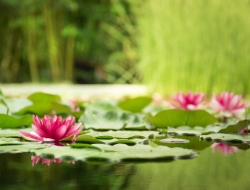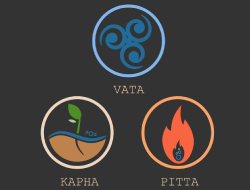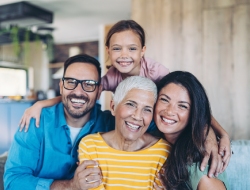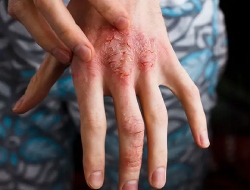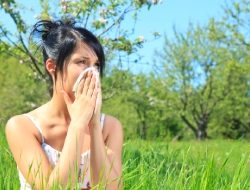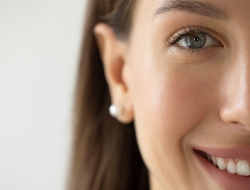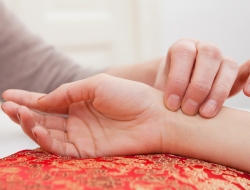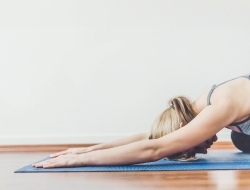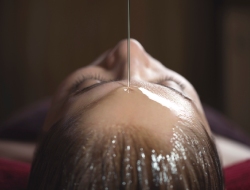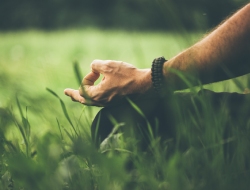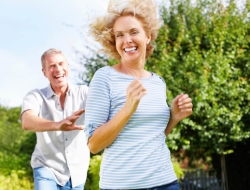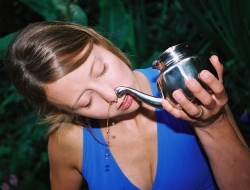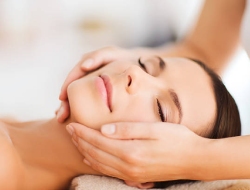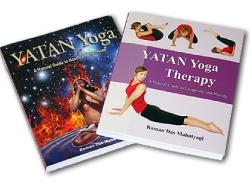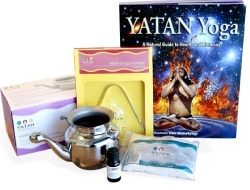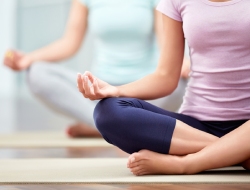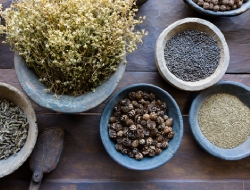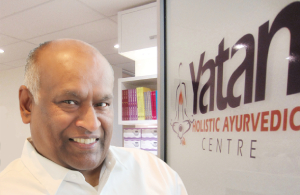What is the Ayurvedic Viewpoint on Sports Injury
A sport’s injury can occur at any time and to any kind of person regardless of their age, gender, and cultural background. There are usually two reasons as to why such an injury may occur:
Accidental injury
These are the injuries that occur entirely by accident — a wrong step, a lack of focus on your movement, and being injured by a co-athlete are all examples of an accidental sport’s injury. These injuries do not imply that anything is wrong with you; they are simply a result of an external trauma or, even, bad luck.
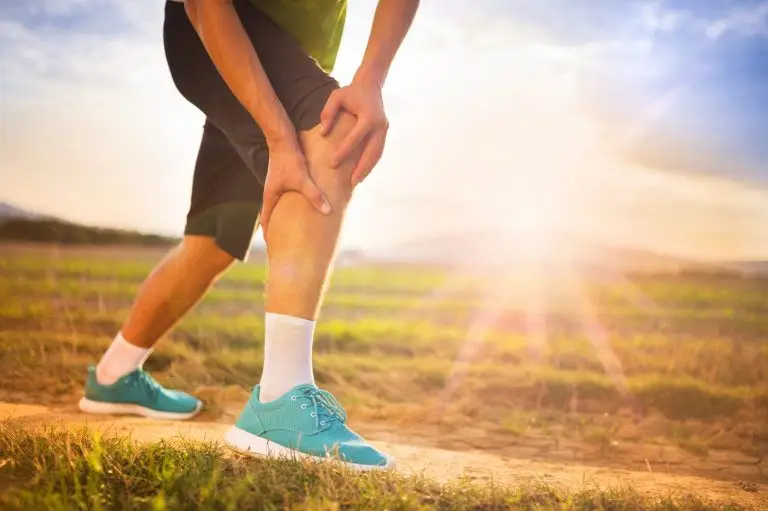
Organic weakness
These types of sport’s injuries are due to an internal condition that renders the body weak. You may have a weak skeletal or muscular system, low tolerance or physical energy, or compromised joints and ligaments. This cause of injury should always be looked into by a medical professional, and a prevention plan for further injury must be put into place.
Ayurveda also categorises people into body types, known as doshas, which provide some further explanation for the root cause of the injury, its symptoms, severity, and the treatment options that are most suitable.
Dosha and Sports Injury
Based on the Ayurvedic viewpoint, certain doshas are more prone to injury than others.
The Kapha dosha will generally be the most tolerant to physical trauma. This is due to the abundance of collagen Kapha individuals have in their system. This fatty substance (shleshaka kapha) covers the bones and ligaments as a shield or “cushion” by means of protecting them from damage. Kapha body types, however, are also prone to infections and a sluggish metabolism, so the injury must still be treated and cared for, even if it does not seem severe.
The Pitta dosha is quite prone to physical injury. Pain will usually be muscular, experienced as sharp and burning. The Pitta individual is also highly prone to digestive disturbances due to increased fire (agni) – you might ask, what does this have to do with sport’s injury? Well, healthy joints and all of the tissues that support their physiology rely on an adequate supply of nutrients; a healthy “fire” and digestive system ensures the joints are being efficiently “fed” and nourished. Surprisingly, most joint problems develop as the result of an impaired digestive tract.
Finally, the Vata dosha is very prone to physical trauma and injury. Bones and joints are actually considered a site of Vata within the body; this means they are also prone to Vata imbalances. This body type is, moreover, known for developing arthritis and weak ligaments. Vata individuals can also be quite nervous, as the nervous system is deeply connected to the joints. Those of the Vata dosha generally cannot tolerate much pain, which is often “bone-deep” and felt all over the body.
To have your dosha assessed, you will need to consult an Ayurvedic practitioner. Doshas do not relate to our body type alone, but are also internal. Oftentimes, more than one internal dosha is affected.
When to Seek Out Treatment
A physical injury of any severity must always be addressed by a medical professional first.
Symptoms that you should report immediately and that should be treated as warning signs of serious injury include:
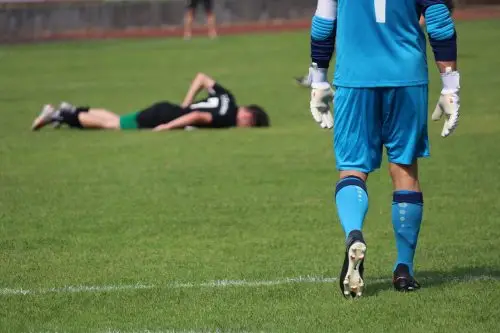
- Any kind of localised pain
- Localised warmth, tenderness or sensitivity
- Intense bruising
- Swelling and/or redness
- Inability to move or keep your balance
- Numbness or tingling in the affected area or elsewhere
- A visibly deformed joint (this may imply dislocation)
- Any symptom that persists or worsens after a week of the injury
Once you have consulted a medical professional and received a diagnosis of your problem, you can very well choose how you would like to treat your injury. At the Yatan Centre, we highly advise you make use of the Western allopathic medicine system first, especially if the condition is acute and pain is involved.
Ayurveda is a great holistic option when it comes to long-term symptoms of a sport’s injury that has not fully healed. It will help heal the affected area over time, regrow the bone, strengthen the muscles, and gradually bring you on the path to full recovery.
But let’s look at Western Medicine and Ayurveda side by side:
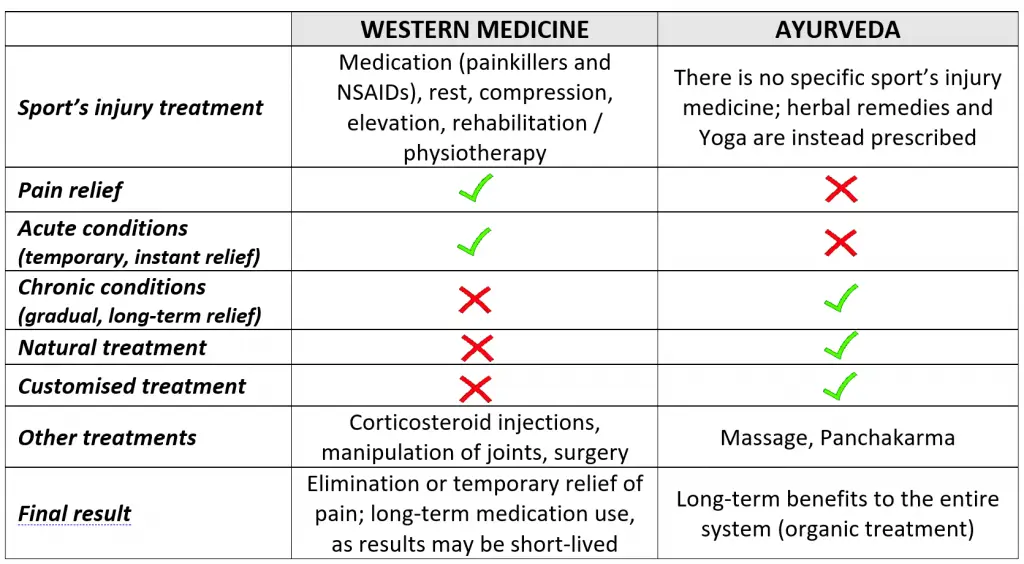
What is the Ayurvedic Treatment for Sports Injuries?
At our Yatan Centre, you can expect to be treated like a unique individual and system. You will initially be assessed via pulse reading and your dosha will be identified. If you have any official doctor’s statement, prescription, blood work results or X-rays, you should bring those along with you.
You will then be prescribed one or more the following:
- A herbal paste, which can be applied topically, or a herbal decoction (or both)
- Anti-inflammatory dietary recommendations (like turmeric milk)
- Yoga therapy for rehabilitation purposes
- Pranayama for blood circulation, muscular strengthening, and speeding up your recovery
You will NOT be prescribed painkillers or other pain relief medication.
Ayurveda treats the individual as unique. As a holistic science, it addresses not only the localised injury, but the entire system, as well. It does not offer temporary relief, as would painkillers, but trains the body to heal itself over time. Treatment is 100% natural and safe, but you would have to be just a little bit patient until the results kick in.
